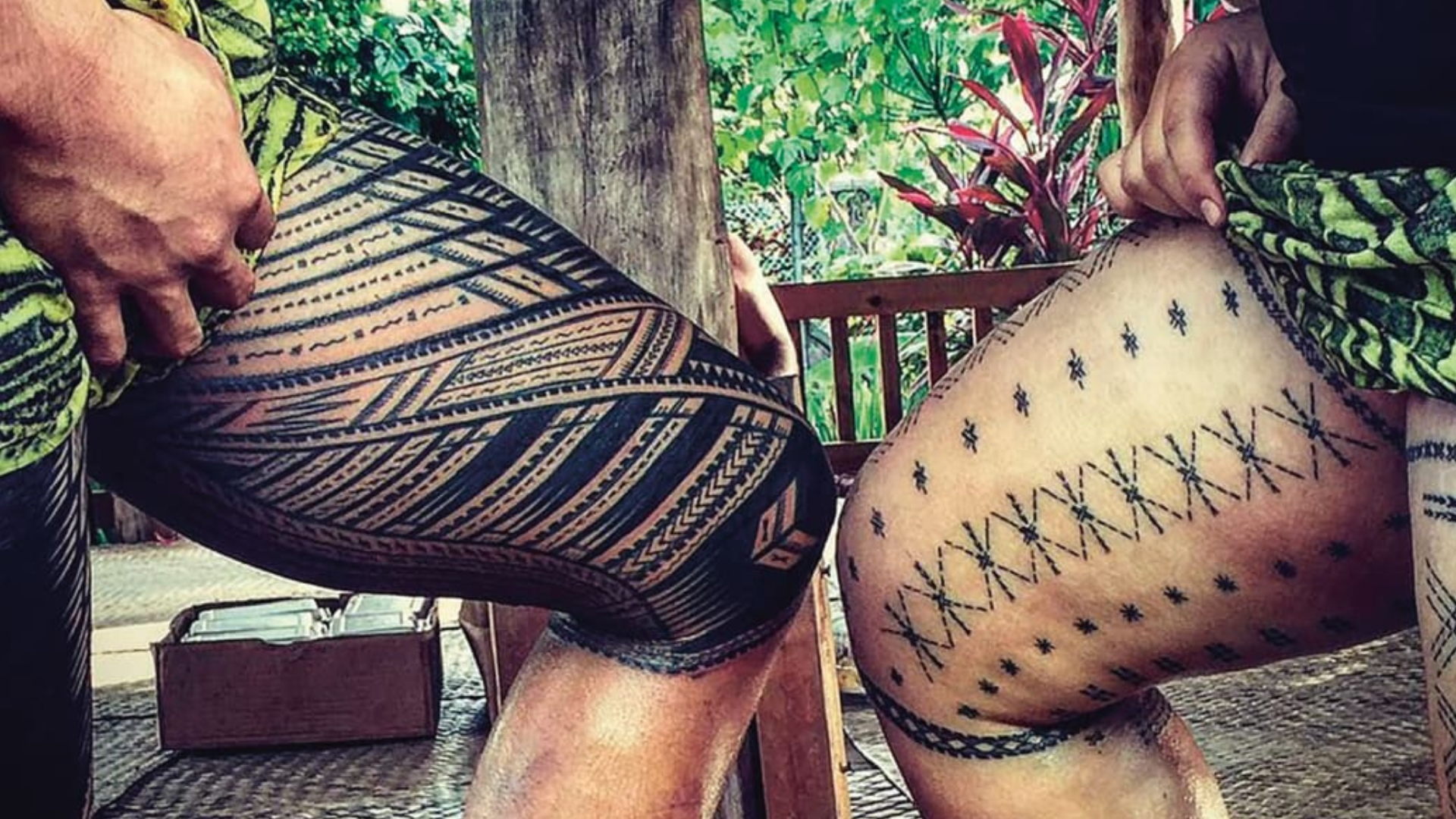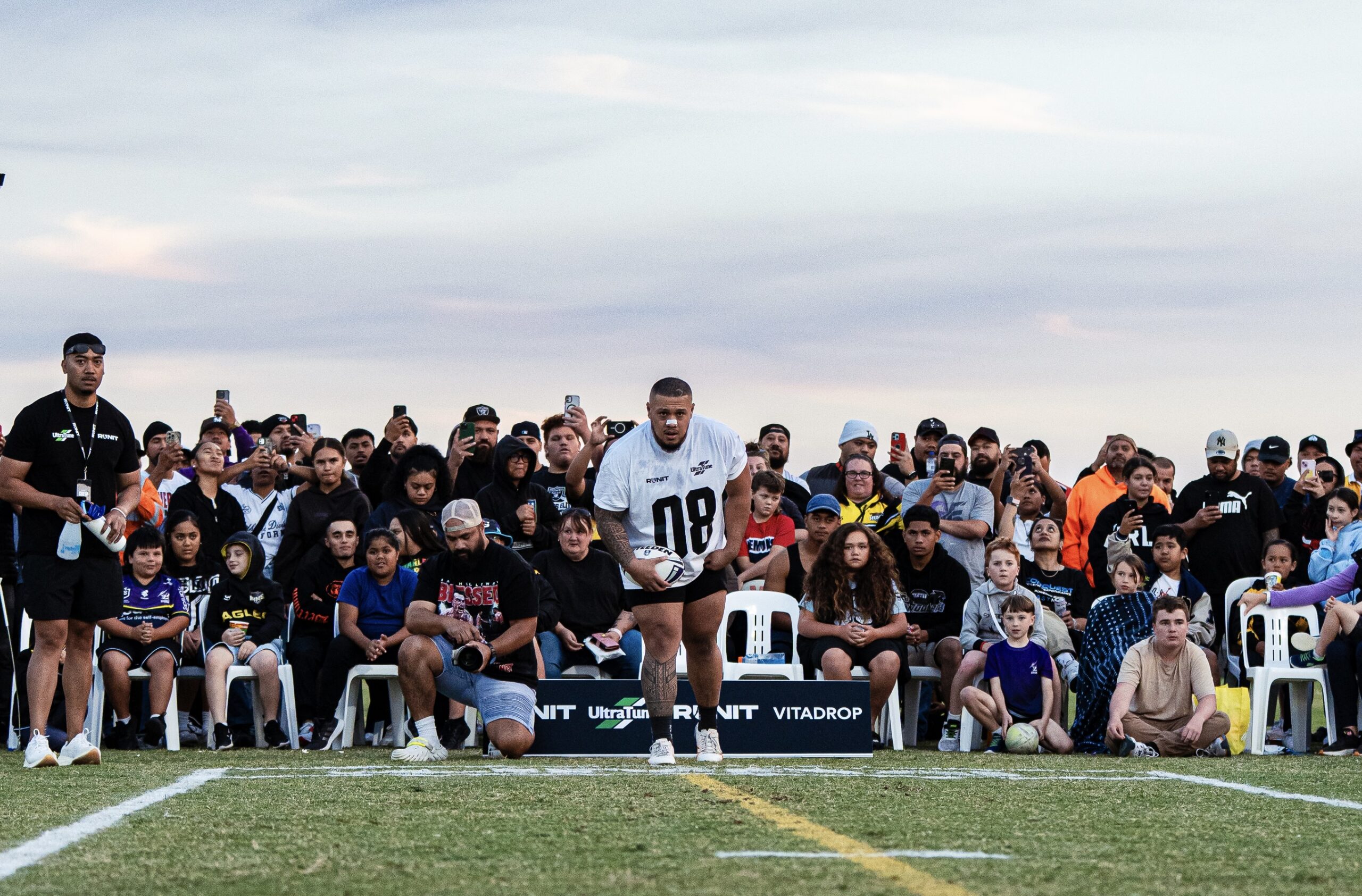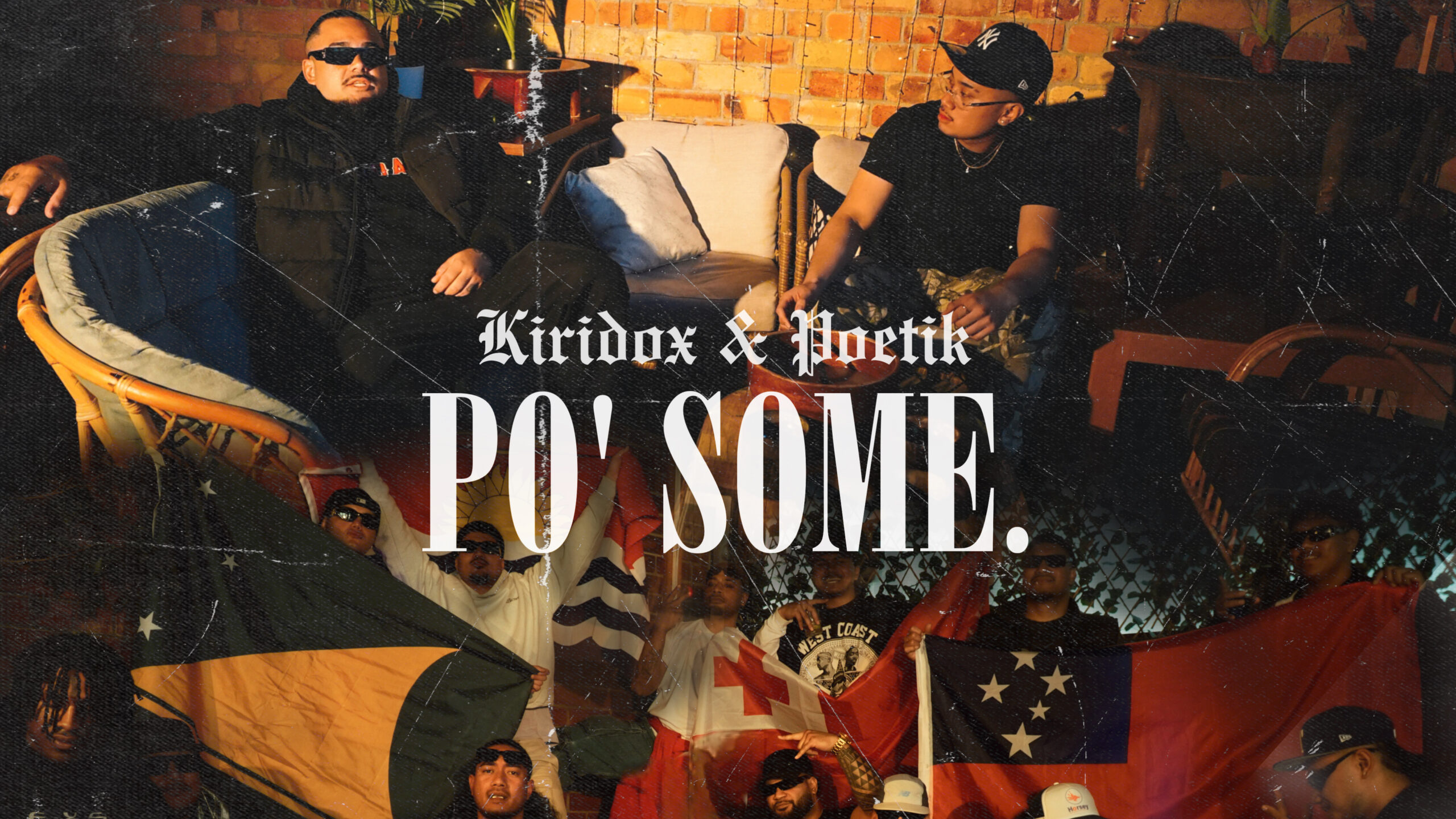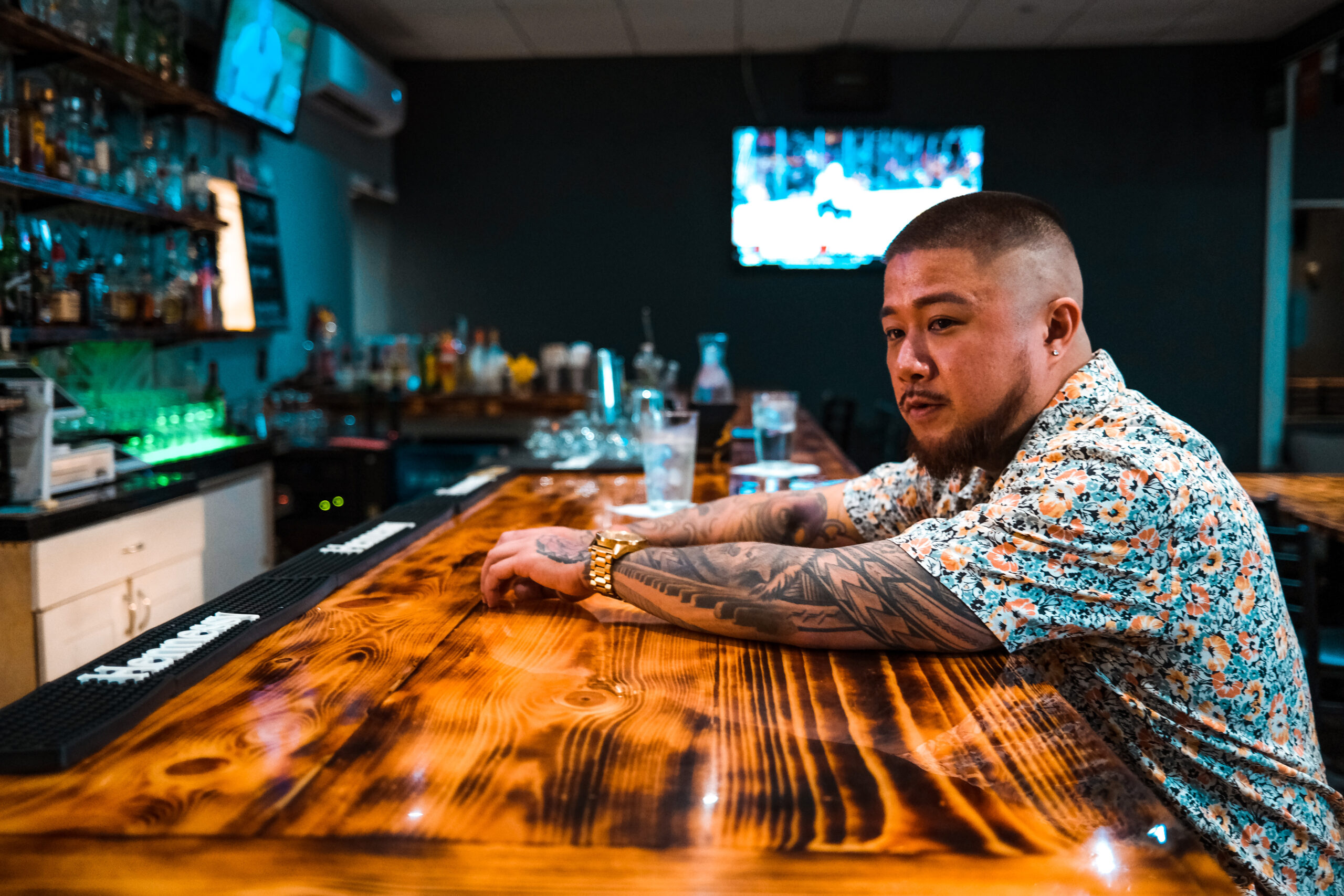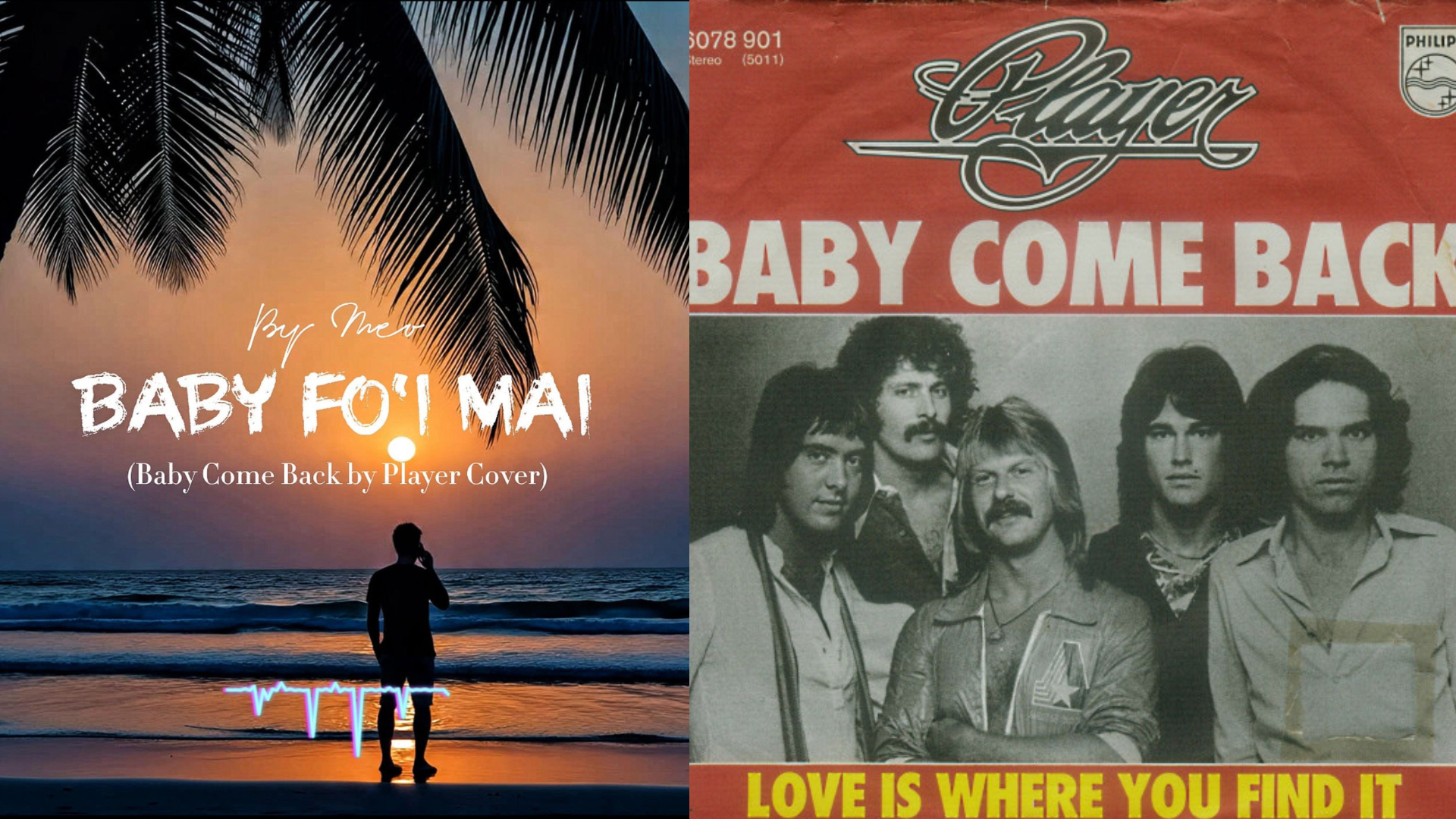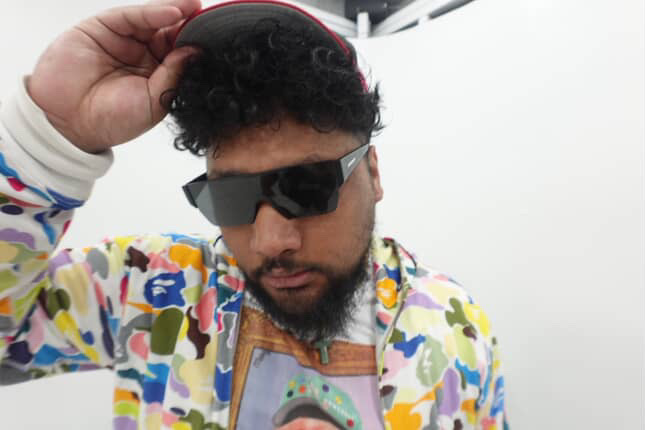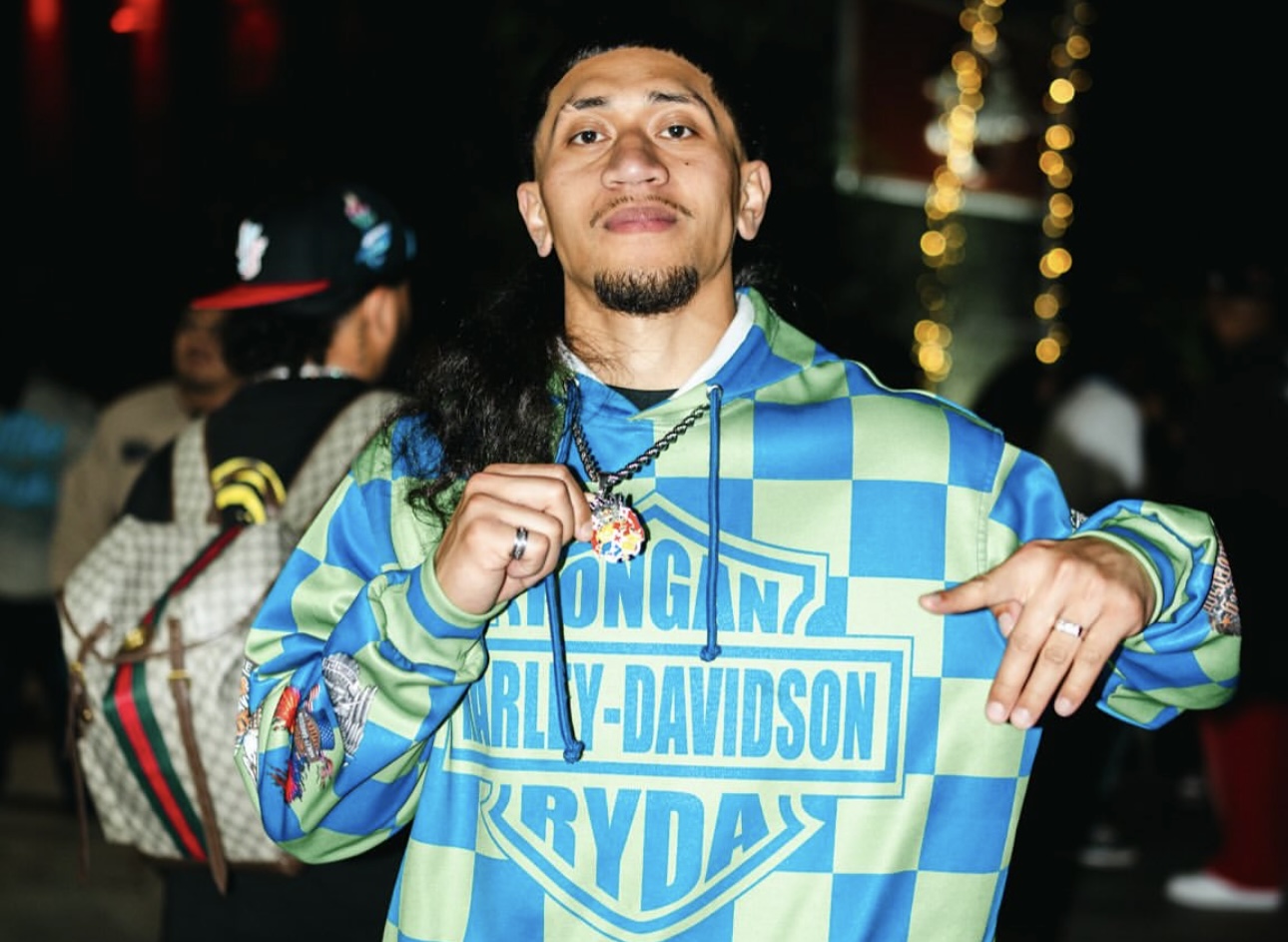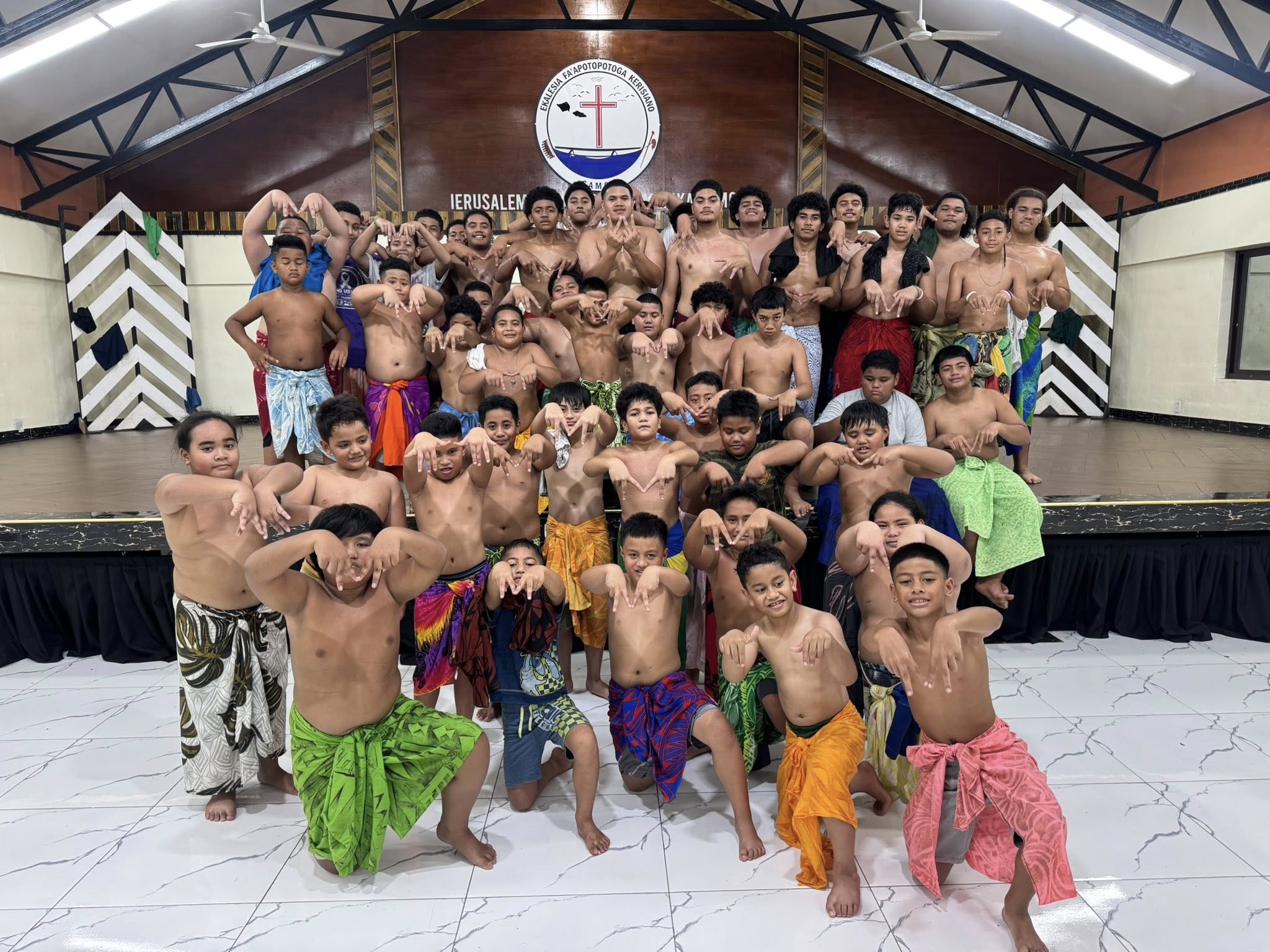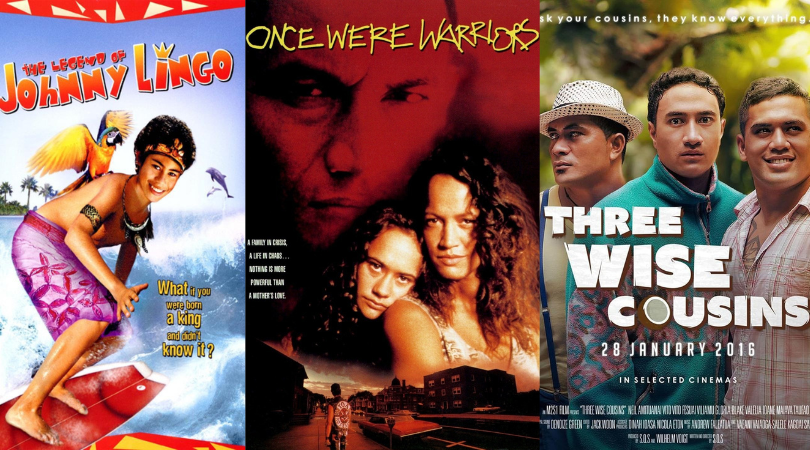In late October 2024, Wayno released his much-anticipated track Siva Samoa 2k24, a cultural anthem that quickly became a sensation. From Instagram stories to TikTok dance trends, the track resonated deeply, particularly for its iconic verse that begins with, “O Le Tofi O Le Teine Samoa.” If you’ve heard it, and chances are, you have — you already know the magic of those words!
In our previous magazine issue, we spotlighted the genius behind that beloved verse: Musu Tapu Sitagata. If you missed that feature, do yourself a favor and revisit it; Musu’s insights offered a treasure trove of inspiration!
Now, fast forward to today: Wayno’s track has sparked a powerful response, a continuation of the conversation Musu began. While his verse is towards Tama’ita’i Samoa, a new perspective has emerged, focusing on the role and responsibilities of Samoan men, particularly those who carry the Pe’a, the traditional male tattoo. This response is brought to life by first cousins from the Tupuola family, ranging in age from just 10 to 17 years old. Based in the Gold Coast, Australia, these talented youth usually sing for their Catholic church choir or at family events. Together, they lend their voices to this meaningful dialogue, inspired by lyrics penned by none other than Theresa Tupuola-Sorenson.
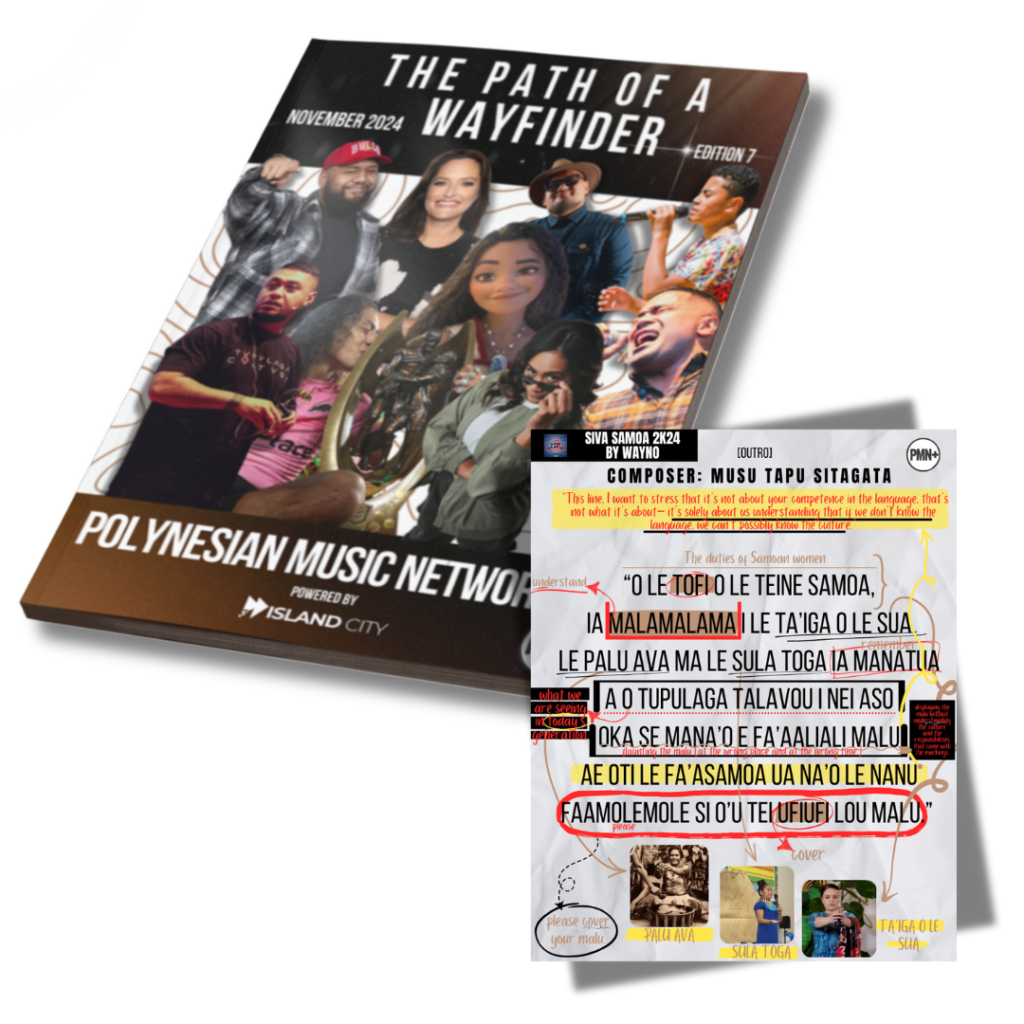
Writer with a Mission
Theresa Tupuola-Sorenson is not just a lyricist; she’s the Co-founder and Education Director of Pacific Kids’ Learning, a social enterprise dedicated to Pacific digital storytelling. Through animation, her team brings the richness of Pacific languages, stories, and songs to children across New Zealand and Australia. Theresa, an ardent fan of both Wayno and Musu, was inspired to craft a response that honors Musu’s message while broadening the scope of the conversation.
“As a Teine Samoa who is daily humbled by the significance of my own Malu, I felt compelled to offer a balanced perspective,”
– Theresa Tupuola-Sorenson
Theresa shares. This reflection aims to engage in a meaningful talanoa with young Samoan males, particularly those considering embarking on their own malofie journey.
The Response in Song
Performed by the Tupuola cousins, the response is as heartfelt as it is powerful. The youngest singer who is also Theresa’s daughter, just 10 years old, stands as a symbol of hope for the next generation, while the eldest, at 17, embodies the promise of cultural stewardship. Their voices carry Theresa’s words with grace and purpose, bringing to life a message that resonates across generations.
The Meaning & Inspiration Behind the Lyrics
In direct response to Musu’s verse, the first three lines encourage soaga’imiti to embrace and practice essential cultural rituals such as folafola ‘ava and tufa ‘ava.
A crucial focus of the third line is the proper way to ‘aiuli – a practice that should uphold the mamalu (dignity) of the taupou by respecting the vā (sacred space). In recent times, we often witness young males diving in front of a taupou for her to soli (walk over) their backs. While this may stem from a lack of understanding or the replication of what is seen online, it contradicts the sanctity of the space that should remain around the taupou. The correct way to ‘aiuli is to dance energetically, but from a respectful distance. I acknowledge the efforts of cultural practitioners and many dance tutors working to correct this misconception, and this verse aims to support and amplify their ongoing efforts.
Lines four and five delve into feagaiga, a concept integral to strengthening male-female relationships, especially in today’s context. In Samoan culture, feagaiga refers to a sacred covenant, primarily symbolising the reciprocal bond of respect and responsibility between brothers and sisters. This concept extends to broader male-female relationships, fostering values of honour and protection. Historically, with the introduction of Christianity, the notion of feagaiga also came to describe the sacred relationship between a minister/priest and their congregation.
I believe (along with many cultural practitioners, faith leaders, and Academia), that teaching young people, especially young men about feagaiga can play a transformative role in current times. It has the potential to heal and strengthen male-female relationships and address critical social issues like domestic violence and gender-based violence. There is an essential Samoan proverb “O le mea uliuli i le mata o le tama, lona tuafafine,” which translates to “The blackness in the eye of the brother is his sister.” This emphasises that males must respect, honour, and protect women, reinforcing Musu’s belief that we must be reminded of our Indigenous knowledge and practices because they offer real solutions for modern challenges.
The final lines (six and seven) serve as a gentle yet impactful reminder to young men about tautua – service to their families. It playfully suggests considering more time dedicated to their loved ones, and less time consuming alcohol. On a more serious note, this acknowledges our community’s unhealthy relationship with alcohol, which can undermine the mamalu and integrity of familie
The final lines (six and seven) serve as a gentle yet impactful reminder to young men about tautua – service to their families. It playfully suggests considering more time dedicated to their loved ones, and less time consuming alcohol. On a more serious note, this acknowledges our community’s unhealthy relationship with alcohol, which can undermine the mamalu and integrity of families.
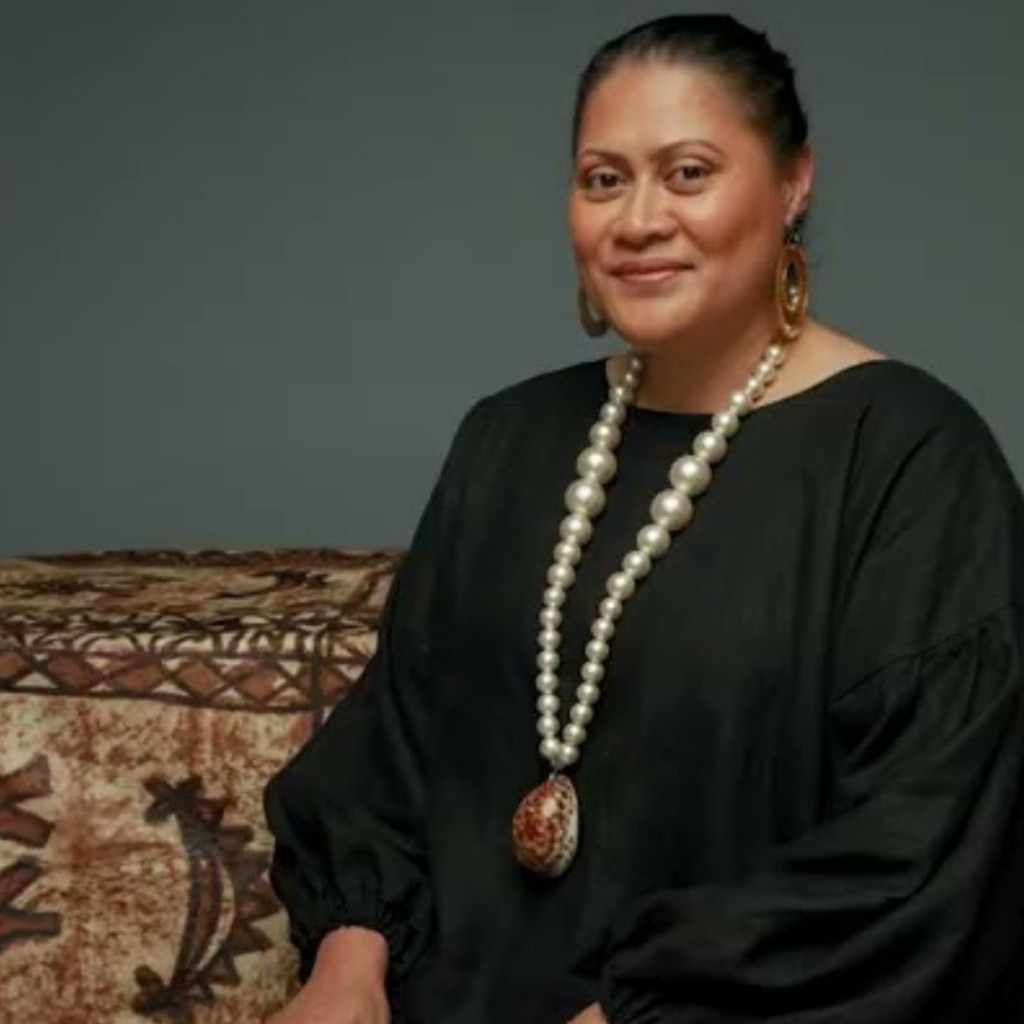
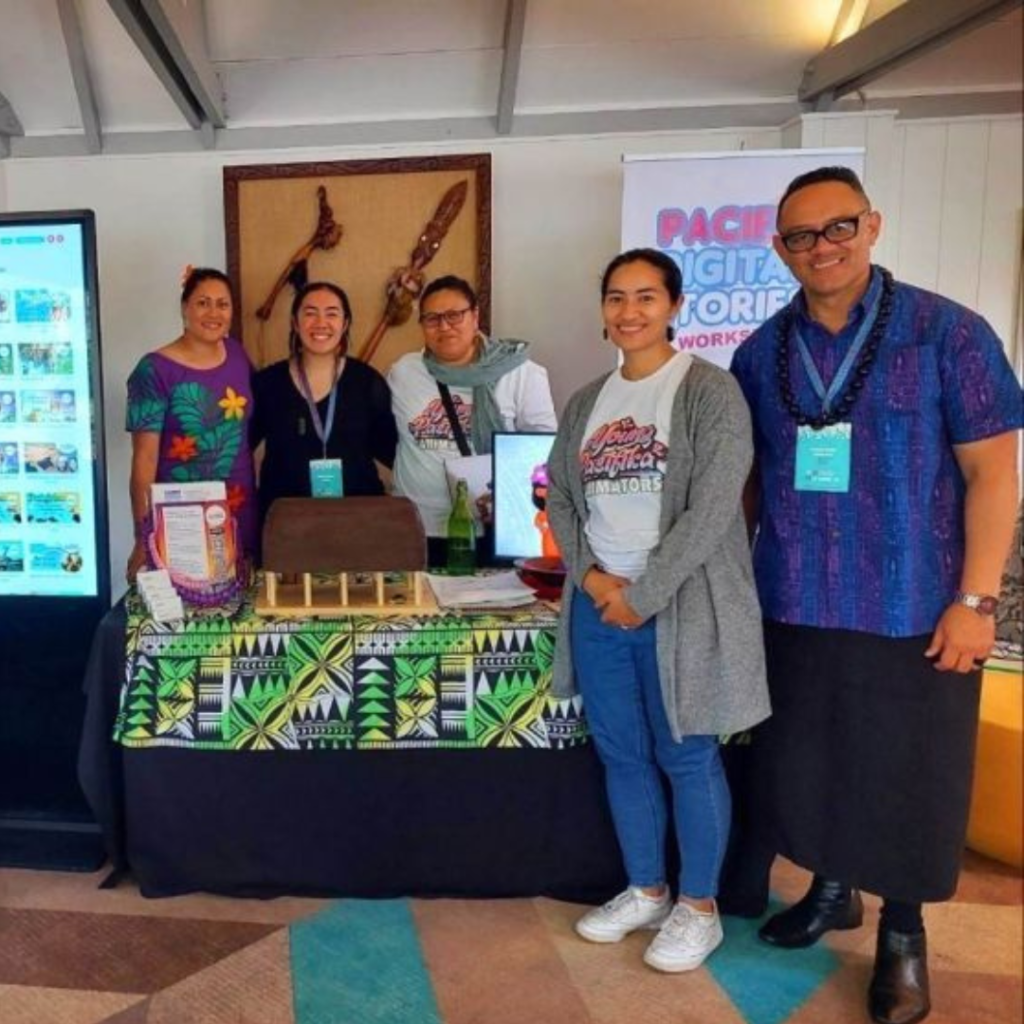
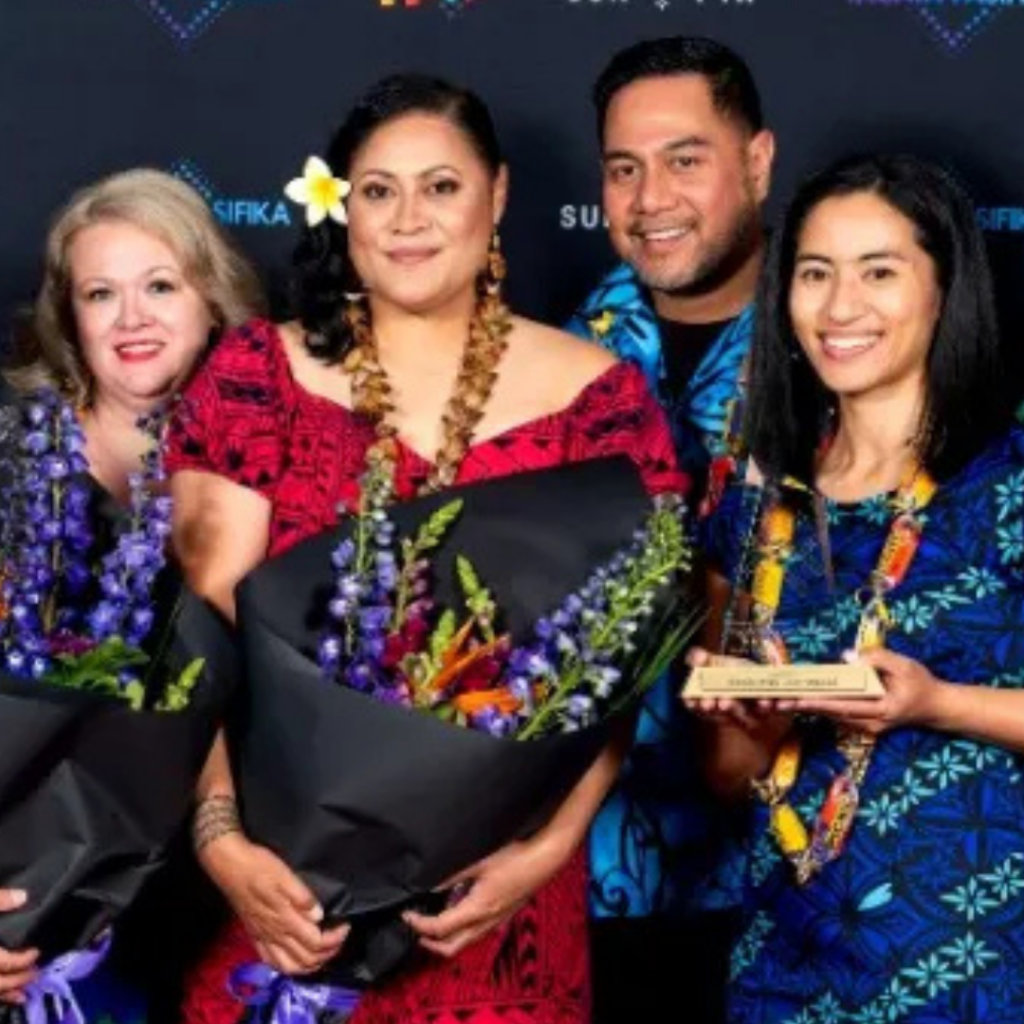
Here are the lyrics to this compelling response:
- O le tofi o le tama Sāmoa
- Ia malamalama i le folafola sua
- Le tufa ‘ava ma ‘aiuli sa’o ia manatua
- A’o tupulaga talavou i nei aso
- Ua galo feagaiga tausi mai anamua
- Tautua lou ‘aiga e pele lou fatu
- Fa’amolemole sole tu’u ese lau fagu
Translation:
(1) O le tofi o le tama Sāmoa [The responsibilities of a Samoan male, especially soaga’imiti]
(2) Ia malamalama i le folafola sua [Includes understanding how to ‘folofola sua’ – the act of announcing the special gifts that are shared during ceremonial practices like ava ceremonies, using specialised upu fa’aaloalo [respectful chiefly language]
(3) Le tufa ‘ava ma ‘aiuli sa’o ia manatua [Males also need to know how to know other specialised roles (1) a tufa ‘ava, a young male that distributes the ava during a ceremony, following a very strict protocol (2) ‘aiuli sa’o refers to young males who dance with energy and rigour around the main female taupou to enhance and support her performance. What is deliberately pointed out in this verse is how to ‘aiuli correctly – refraining from dolphin diving as many young boys (and now girls) are doing these days. The taupou represents reverence and grace, yes they should ‘aiuli energetically but the vā or space around the taupou should remain mamalu – sacred and respectful. They should ‘aiuli from a distance or to the side.
(4) A’o tupulaga talavou i nei aso [The youth these days]
(5) Ua galo feagaiga tausi mai anamua [Have forgotten the concept of ‘feagaiga’ that was implemented in the past that defined the male-female/brother-sister relationship. Feagaiga emphasised that women or sisters are sacred and men/brothers must protect their women and respect the vā (space). Since the arrival of Christianity, the sacred concept of feagaiga has moved to vā between a minister/priest and their congregation. I believe that if we taught young people about the concept of feagaiga in current times, it could heal many male-female relationships, even to the point where social issues like domestic violence and gender-based violence could be reduced.
(6) Tautua lou ‘aiga e pele lou fatu [Serve your families as they are dear to your heart]
(7) Fa’amolemole sole tu’u ese lau fagu! [And please put your bottle away! This refers to unhealthy behaviours with alcohol]
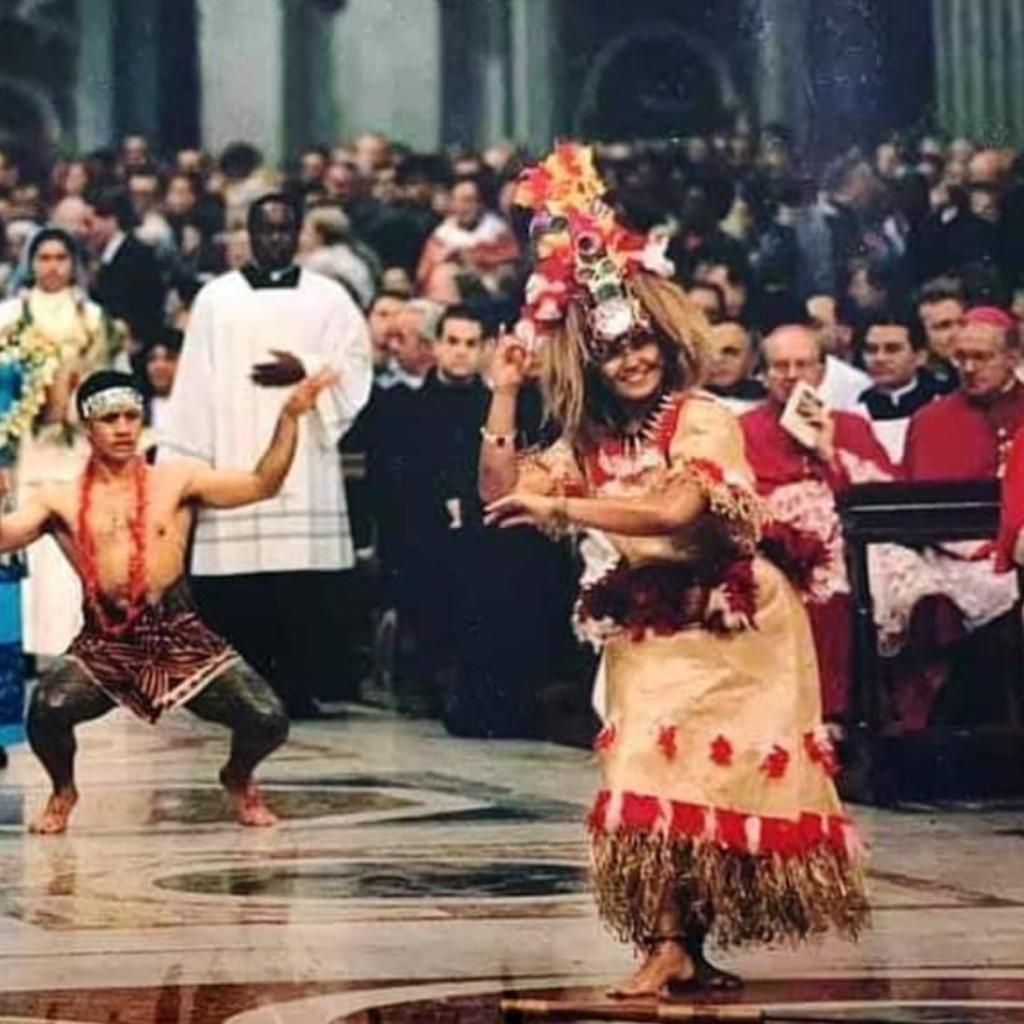
A Conversation for the Future
Theresa explains that by revisiting these core values and practices rooted in Alofa (Love), we are able to reconnect with the deep wisdom woven into Samoan culture — timeless teachings that offer powerful solutions for our people in today’s world.
Wayno’s Siva Samoa 2k25 may have started the conversation, but it’s clear that this cultural dialogue is far from over. With voices like Musu’s, Wayno’s, and now Theresa’s, the future of Samoan storytelling is bright, layered, and undeniably powerful. We are inspired by the power of music, a universal language that transcends boundaries and speaks volumes. Tracks like this one beautifully champion stories and truths deeply rooted in love for our culture. Incorporating our language into music not only keeps it alive but ensures it thrives for generations to come. Music has an incredible way of bringing people together, just as messages like this do. As Wayno aptly put it,
“It’s always been the same message, using music to further promote our language.”
We absolutely love to see it!

